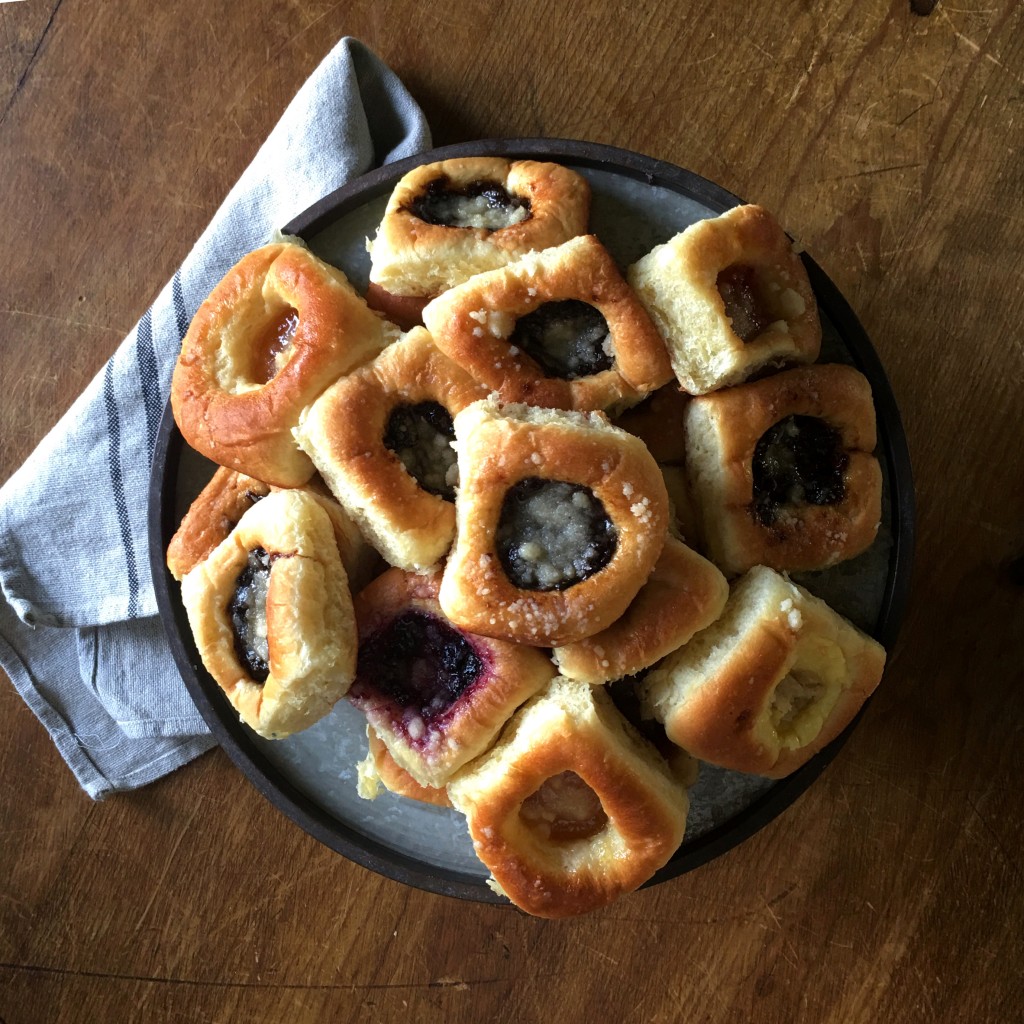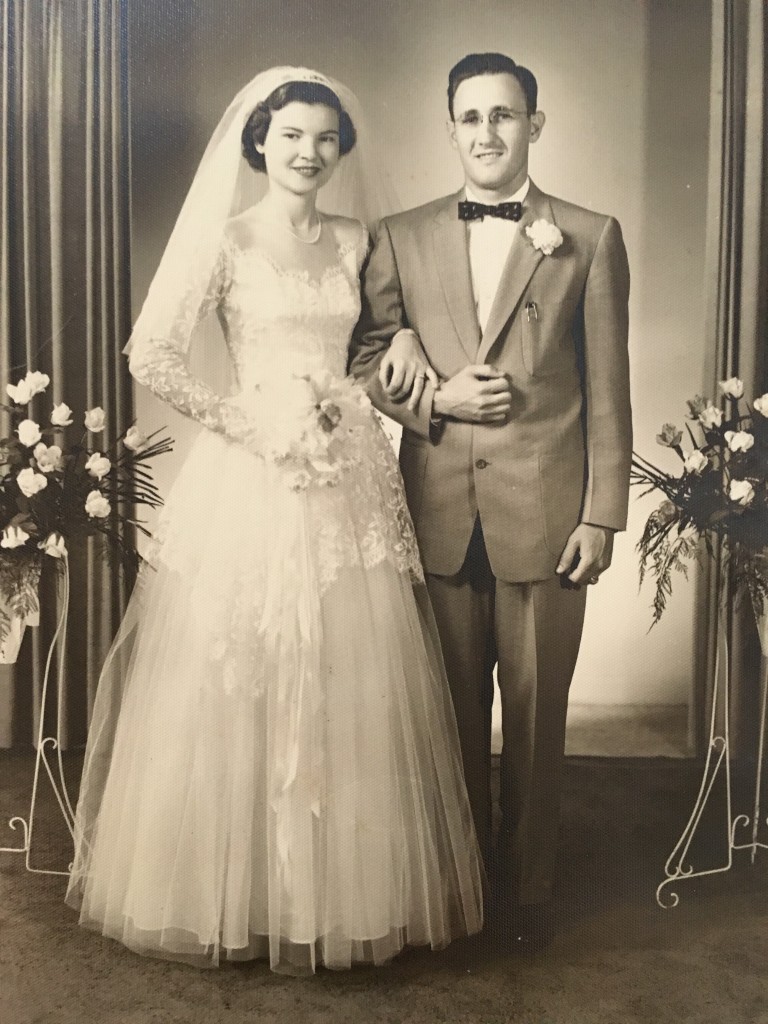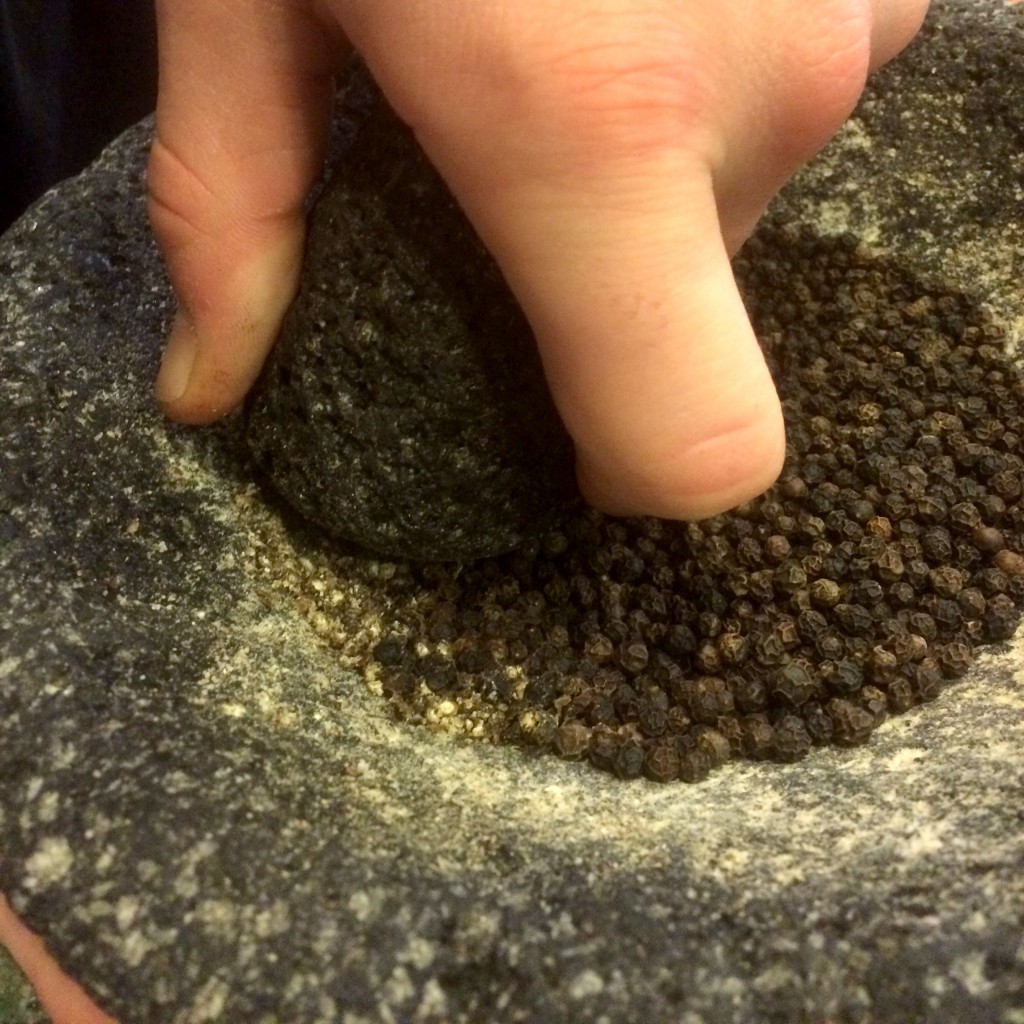I have a beef with “kolaches.” I feel confident to speak on the subject given my pedigree, so let me start by vetting myself:
- My last name is the Czech surname, Matusek. It is pronounced, "Muh-TU-sek”. Although it has been bastardized in the American vernacular, people from the old country and my kinfolks in Sweet Home, Texas still pronounce it “Mah-ta-SCHEK”.
- I am half Czech. My dad is full-blooded and was the first in the clan not to marry a second cousin or a neighboring Czech farm girl.
- My grandmother’s generation grew up speaking Czech as their first language in the home. She made sure some of the old language passed on to her grandkids. Sadly, I have forgotten just about all of it except the curse words.
- I went to high school in Shiner, Texas. Founded by Czech immigrants, this mostly-Czech community is known for its Spoetzl Brewery which cranks out the famous Shiner Bock.
- My high school fight song was the Shiner Polka. Sung in Czech, it reminisces about sunny Shiner, Texas and empty kegs of beer. Yes, our fight song was about pounding brewskies.
Now that I have validated my lineage, let’s get back to my beef.
If you find a good bakery or donut shop in South Texas, chances are you will find some Czech sweet treats known as “kolaches.” A true kolac is a circular, pillow-like, puff pastry with a small dimple in the middle, occupied by a fruit compote or sweet cheese filling.
Now, next to those oh-so-delicious kolaches in this Texas bakery, you might find some sausage rolls (aka pig-in-the-blankets). These treats are “klobasniky”. They come from a similar yeast-based dough as a kolac(singular form of kolaches) yet have sausage inside.
THESE ARE NOT KOLACHES.
I don’t care what the gal working the donut counter labels them. She’s wrong and you should tell her. Or better yet, refer her to this post. Just remember, if the pastry has meat, it is a klobasnek. If it has fruit or a sweet cheese filling, it is a kolac.
Would you call a scone a biscuit?
Or a crepe a pancake?
No, you wouldn’t. Now it is high time for everyone to culture-up and learn about Czech pastries.
If you are looking for the best place to find authentic Czech kolaches and klobasniky, find a place that can answer the question,
"Jak se mas? (how are you doing in Czech.)
Chances are, they will respond,
“Dobre",
meaning "good" and I’d assume the food would be too.
My recommendation: My Aunt Mag makes the best kolaches and klobasniky, but if you are not in Sweet Home then run on over to Kountry Bakery in Hallettsville, Texas. Even though their menu states, “sausage kolaches,” I’m hoping they just conformed for outsiders.
Finally, a huge shout out to my great-aunt Mag who took the time to pass down the famous, Janak family kolache recipe. Be sure to see my next post where she patiently teaches me step by step.
...and a second shout out to my Aunt Cynthia for digging up old photos of my grandparents, Marvin and Genevieve Matusek. Nana Gene seemingly always had a fresh batch of kolaches and she supervised some of my first experiments in the kitchen. I am so thankful for the memories I have with both of them.
Spi sladce (sleep sweetly)













